Behaviour Teaching Resources
Bring your behaviour management to the next level with printables and digital teaching resources created by teachers for teachers like you!
This collection of teacher-created resources is designed to support primary teachers as they implement their behaviour management strategies with printable reward charts, motivational posters and more!
Looking for tips and ideas to make your behaviour management more successful? Take a peek at some strategies from our teacher team!
What Is Behaviour Management?
Behaviour management is a proactive strategy for teachers to handle behaviour in the classroom. By setting up solid pupill organisation strategies, creating clear rules and expectations and providing consistent feedback, teachers set pupils up for success.
A good behaviour management strategy will give pupils:
- Specific expectations
- Positive reinforcement when expectations are met
- Fair and consistent consequences when expectations are not met
For example, of the most popular behaviour management strategies these days is CHAMPS, which stands for Conversation, Help, Activity, Movement and Participation. The goal is to provide pupils with an instructional structure that promotes responsibility and motivates students.
Why Is Behaviour Management Important?
Strongly backed by research, behaviour management strategies like CHAMPS have been shown to:
- Provide pupils with a sense of connection to school and their peers
- Promote a productive learning environment
- Minimise classroom disruptions
Behaviour Management Strategies
Before we dig in too deeply, it's worth stressing that the goal of the strategies you're about to read is to accentuate the positive, that is, to keep control of the behaviour in your classroom in a positive way.
We've also included a mix of strategies that will help you prevent negative behaviour as well as some simple things you can do to curb unwanted behaviour in the classroom.
Redirect
This technique is simple, yet effective. When you notice a child is off-task, simply move their attention from one thing to another. For example, if one pupil is distracting another pupil, you may direct their attention to the work at hand by saying you'll be over in a few minutes or simply asking that pupil what they are up to.
Ignore Secondary Behaviour
When a child is being warned about inappropriate behaviour, you may notice a secondary behaviour, such as an eye roll or a delayed response to a question. This behaviour is often to avoid humiliation in front of peers.
If the initial poor behaviour has stopped, ignoring the secondary behaviour — as long as no one is in danger and it hasn't caused additional classroom disruption — can prevent the situation from escalating. If you feel you need to, you may opt to talk to that pupil one on one after the lesson to reflect on the situation (without the audience of the other pupils).
Plan Your Transitions
A transition in a classroom is when a pupil moves from one activity to another. It can be a significant change such as transitioning from lunch back into the classroom or a more minor change such as transitioning from time on the carpet back to their seats.
For little brains, transitions can be tricky as they need to go from an active state to a focused state ready for learning, and this is where inappropriate behaviour may start to fester.
Planning for how you and your pupils should transition can help avoid this situation from escalating. A simple transition for the example of going from lunch back to class, for example, could be to use a fun movement such as walking like a ballet dancer back to class.
Make sure to explicitly teach pupils what they should be doing during transitions, so they know the sort of behaviour you expect!
Offer Choices
Providing a pupil choice is extremely powerful! It makes them feel like they are in the power seat, when in fact, you've planned it out beautifully! When you notice inappropriate behaviour, instead of issuing a demand, offer a pupil a choice of two options. The first choice would be the route you'd like them to take. The second is the consequence of not taking the first option.
For example, 'Zane, would you like to remove yourself from the distracting spot you're sitting in, and complete your work? Or, would you like to stay with me at lunchtime to complete the work then?'
You'll find that most of the time, the pupil will take the better option in this scenario.
Attention Grabbing
This is similar to the 'redirect' option, but this is a strategy to use if a number of pupils are starting to get off task. Use some fun attention-grabbing techniques like call and response ( you can download our Attention Grabbing Phrase Cards and use those!).
You can then redirect the group's attention back to the work by providing some more information that may support them in finishing off the task.
Use Positive Non-Verbal Reminders
You don't always have to use your voice for your behaviour management to work. Non-verbal reminders can be equally powerful and limit the disruption to the class. Simple non-verbals like stopping what you're saying and smiling at the pupil who may be off task is sometimes all that is needed for some pupils. This lets them know you know they're off-task in a gentle way.
Another non-verbal reminder is to simply lower your body down to the level of the child while you continue with the teaching, or, a simple tap on their desk as you walk past.
Set Up a Calm Corner
Little children experience BIG emotions, and often when they are trying to deal with these big emotions, they struggle with self-regulation.
Another behaviour management strategy that will work for some children is just some time away from the hustle and bustle of the classroom. If you have the space, set up a corner of the classroom for pupils to 'chill out.' You can fill the space with fidget toys, weighted blankets, wobble cushions, a tub of sensory toys and similar objects, plus some mindful colouring sheets!
If you are noticing a pupil that isn't responding to the smaller behaviour management strategies, 5 minutes in the chill-out corner/area may help this pupil.
Another idea — Sending a pupil to another teacher with a 'note' that says something simple such as 'John needed some space.' This gets the pupil out and about, and gives them some purpose by having the very important job of delivering the note to the other teacher.
Utilise Movement
We know a pupil's attention span is short, and yet we expect them to sit and listen and use their brains for long periods of time ... often longer than their age allows. Ensuring you have had a lot of movement integrated into your day is a great way to limit the number of behaviour situations you may encounter in a day.
It could be as simple as a 'stop work and stretch at your desks' type situation, but you may be surprised by how planning these movement breaks into your day can improve behaviour in the classroom.
Desk Arrangements
Strategic desk arrangements in the classroom can significantly improve behaviour management by fostering a structured and organised environment. Check out Tes Class Charts - our classroom management software here to help with setting up seating plans, managing behaviour and more.
- Plus Plan

Friendship Flower Template
Reflect on how a good friend acts with this charming friendship writing exercise.
- Free Plan
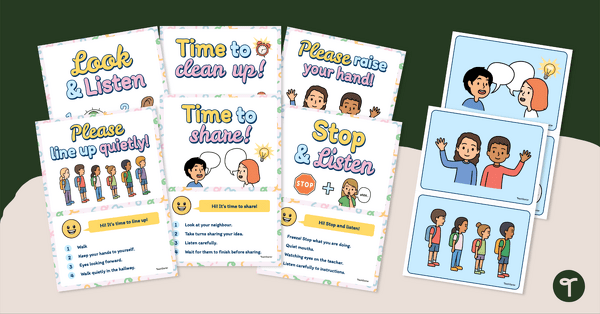
Behaviour Expectations Visual Cue Posters
Set clear behaviour expectations with these visual cue posters for the classroom.
- Plus Plan
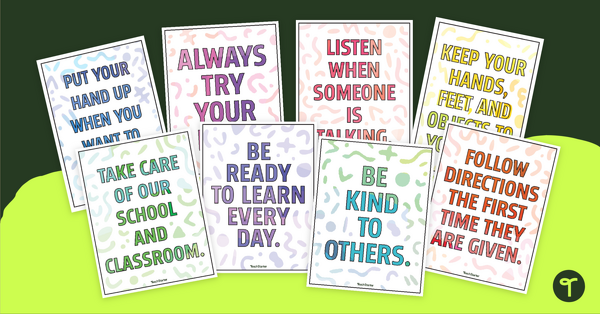
Our Class Rules - Set of 8
Remind pupils of classroom rules and expectations with this set of 8 posters.
- Plus Plan
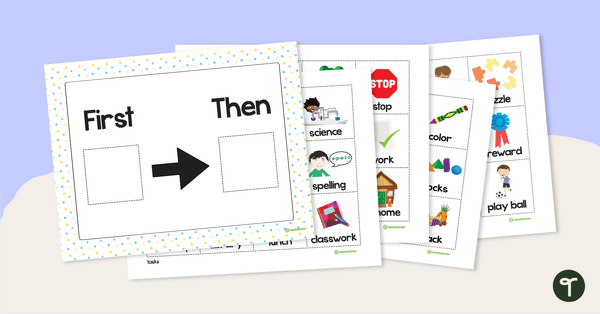
Visual First-Then Schedule
Communicate a sequence of events with this visual first-then board and set of 48 reward picture cards.
- Plus Plan
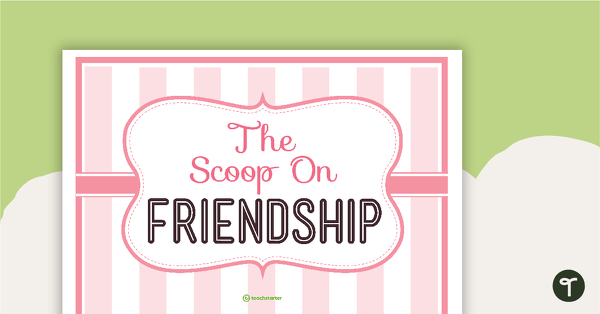
'The Scoop on Friendship' Activity
A cute activity to complete when talking about the attributes of a good friend.
- Plus Plan

One Sentence About Me - Getting to Know You Activity
A worksheet to use at the beginning of the year get to know students.
- Plus Plan
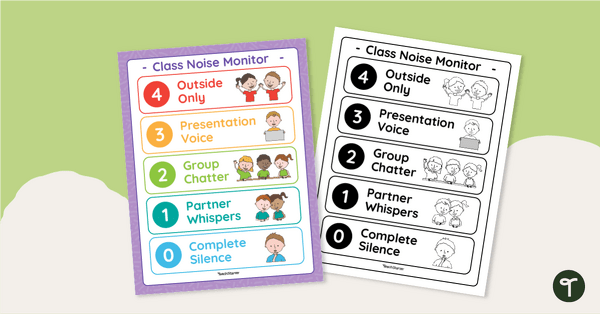
Class Noise Monitor Poster
Remind your students of the appropriate noise level within the classroom with our noise monitor poster.
- Plus Plan
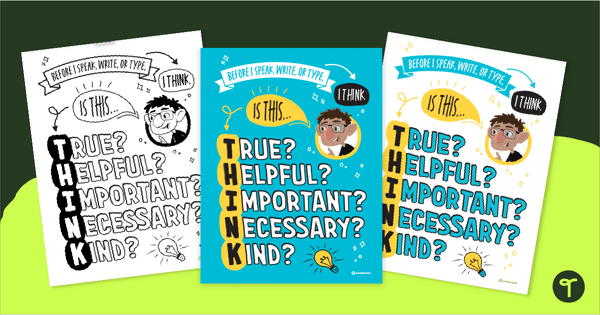
THINK Strategy - Think Before You Speak Poster
Promote positive communication using the THINK strategy and our printable Think Before You Speak Poster.
- Plus Plan
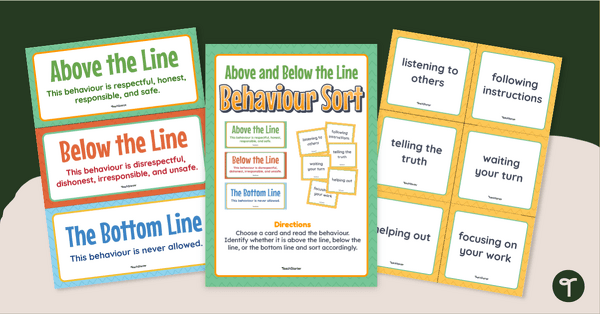
Above and Below the Line Behaviours – Sorting Activity
Remind students of behaviours that are 'above the line,' 'below the line,' and 'bottom-line' with this sorting activity.
- Plus Plan
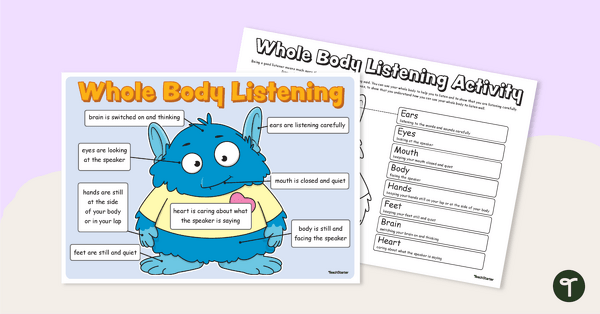
Whole Body Listening – Poster and Worksheet
Use this poster and accompanying worksheet to teach your students about whole body listening.
- Plus Plan
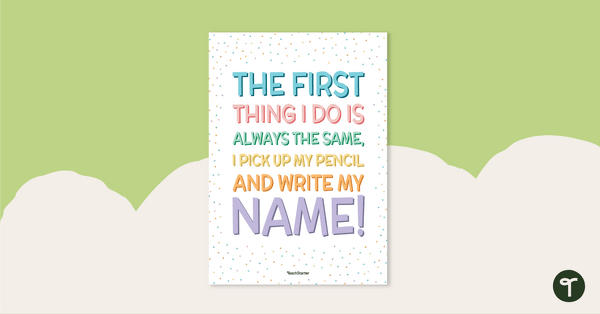
Remember to Write Your Name Poster (Lower Primary)
Make nameless student work a thing of the past with this poster reminding students to write their name on their work.
- Plus Plan
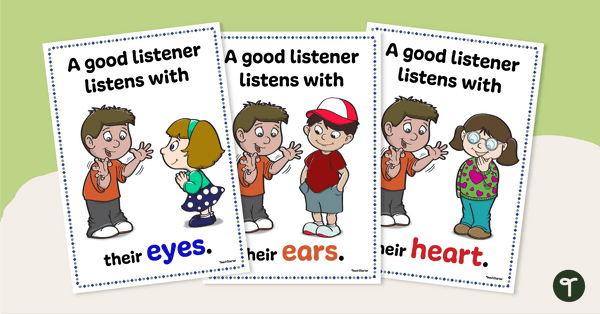
Good Listener Posters
Use these posters to teach your students how to be good listeners.
- Plus Plan
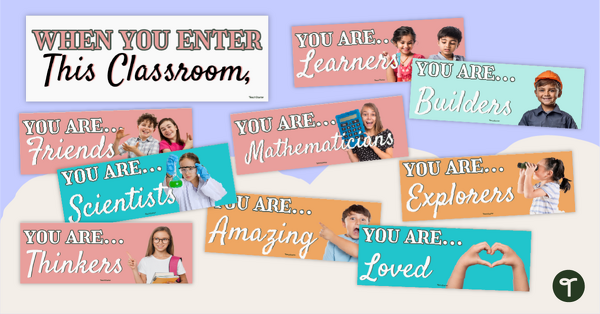
When You Enter This Classroom - Door Display
Welcome your pupils into your classroom with a ‘When You Enter This Classroom” Student Affirmations Classroom Display
- Plus Plan
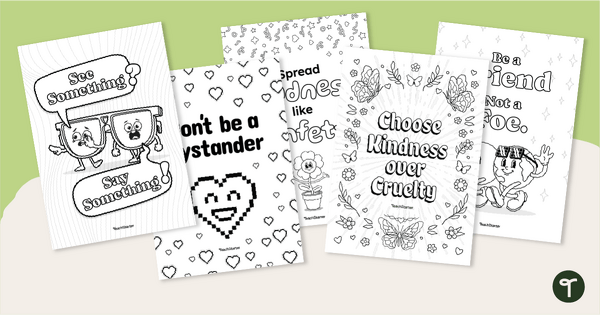
Anti-Bullying Colouring Sheets
Discourage bullying and promote kindness in the classroom with a set of printable Anti-Bullying Colouring Sheets.
- Plus Plan

Student Behaviour Contract Template for KS2
Create a classroom community and ensure adherence to rules and procedures with a printable Student Behaviour Contract Template.
- Plus Plan
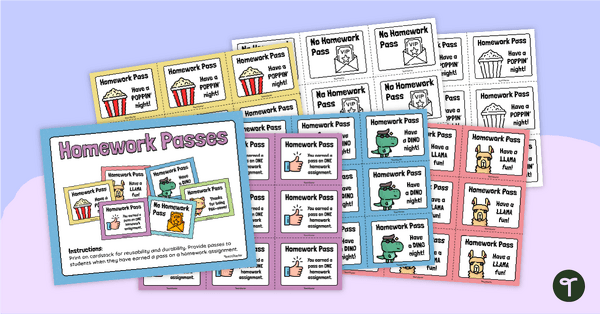
Printable No Homework Passes
Reward students with a No Homework Pass using our printable homework pass templates.
- Plus Plan
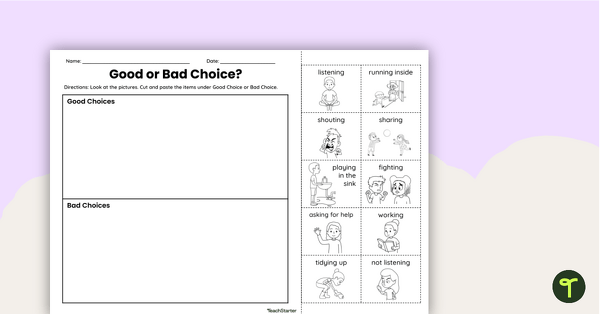
Good Choice or Bad Choice? Worksheet
Help your young pupils differentiate between good and bad behaviour choices with a cut-and-stick worksheet.
- Free Plan
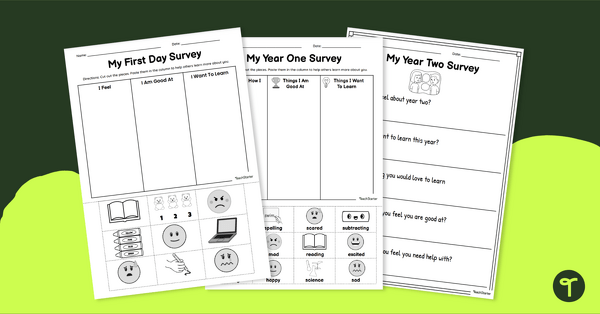
Back to School Surveys (All About Me)
Download free First Day of School pupil surveys to get to know your new class better!
- Plus Plan
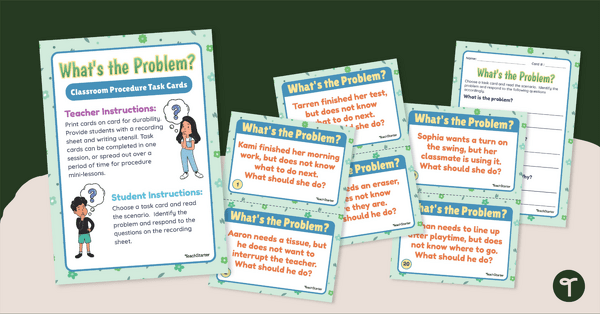
What's the Problem? Classroom Rules Task Cards
Teach, review and assess your pupils' knowledge of the classroom rules with these quick and easy task cards.
- Free Plan
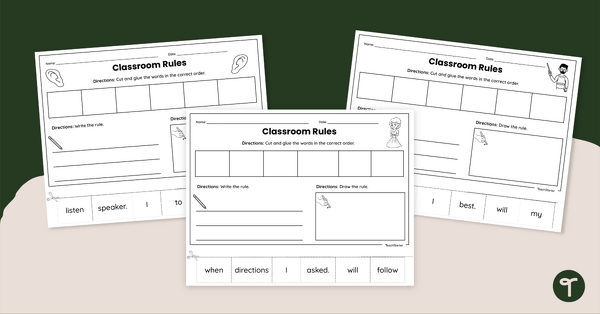
Classroom Rules and Expectations Cut and Paste Worksheets
Start your year off right by reviewing classroom rules with a free cut-and-paste writing and drawing activity.
- Plus Plan
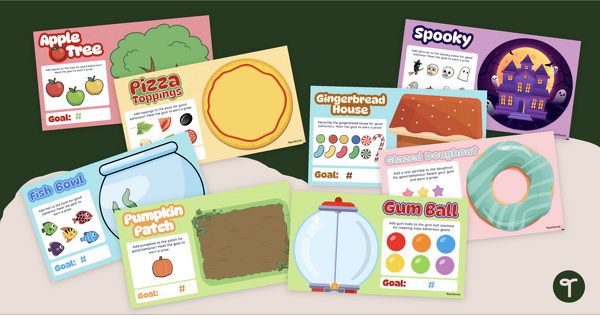
Virtual Classroom Management — Interactive Reward Charts
Track and reward extraordinary class behaviour with a set of fun digital reward tracking slides.
- Plus Plan
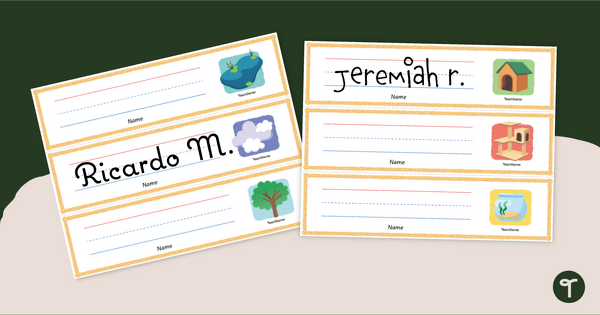
Desk Pet Name Tag
Encourage positive behaviour with printable Desk Pet Habitat desk name tags.
- Plus Plan
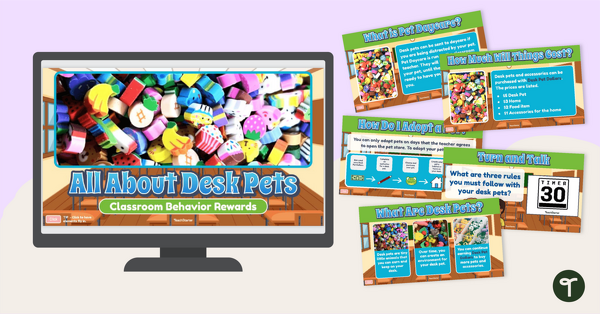
What Are Desk Pets? Introduction Slides
Introduce your pupils to your Desk Pet Classroom Reward System with an engaging set of teaching slides.
- Plus Plan
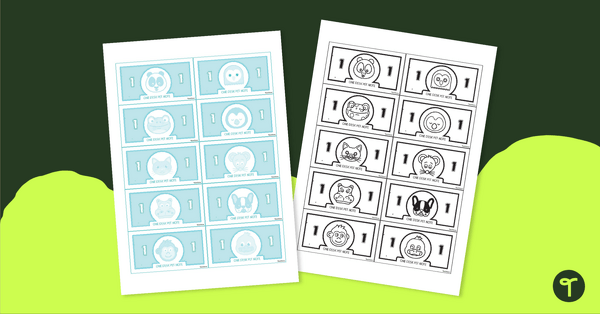
Desk Pet Notes
Encourage good behaviour choices by awarding your pupils with Desk Pet Notes to purchase their new desk pets!
- Plus Plan
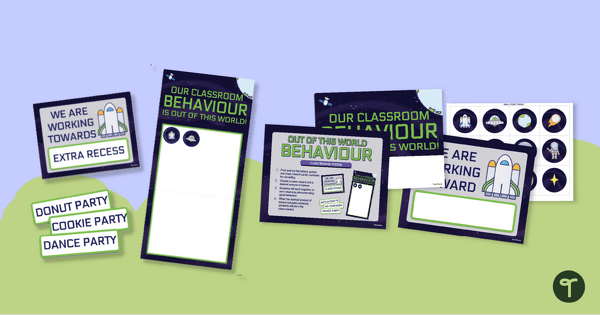
Out of this World Behaviour — Class Reward Chart
Motivate and reward positive classroom behaviour with a reward chart that is out of this world!
- Plus Plan
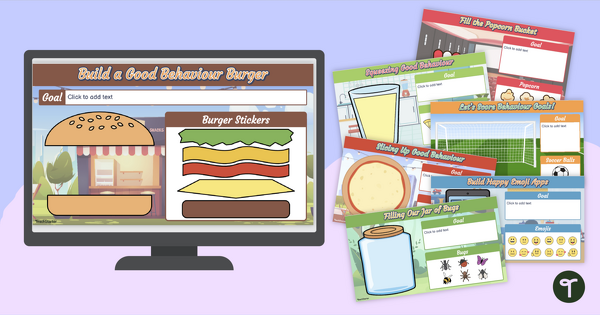
Whole-Class Reward Tracker — Digital Reward Charts
Celebrate classroom successes with a set of fully digital classroom reward charts.
- Plus Plan
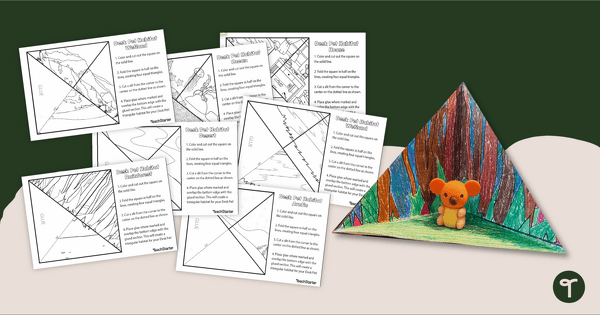
Desk Pet Habitat Templates
Encourage positive behaviour in the classroom with printable Desk Pet Habitats for your pupils to spend their Desk Pet Notes on!
- Free Plan
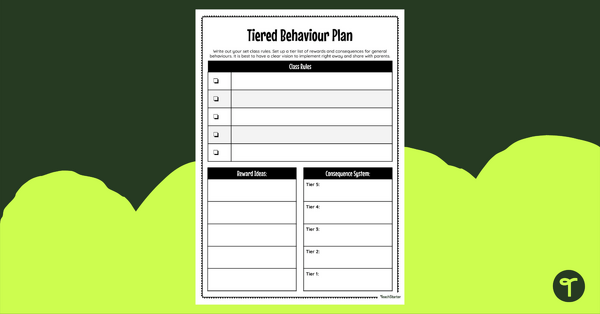
Tiered Behaviour Support Plan — Editable Template
Establish clear expectations, rewards and tiered consequences with this free behaviour support plan template.
- Plus Plan
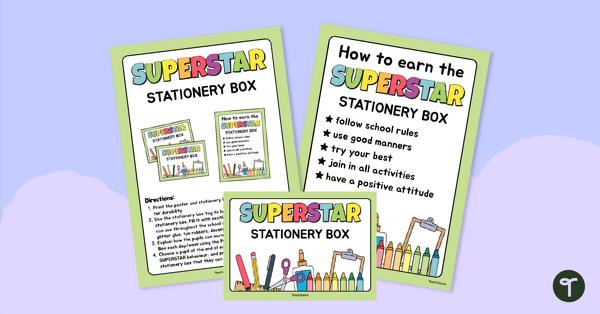
Superstar Stationery Box – Behaviour Incentive
Promote and acknowledge positive behaviour with a superstar incentive system for the classroom.
- Plus Plan
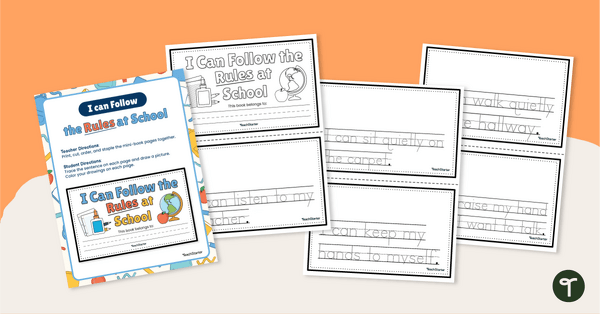
I Can Follow the Rules at School Mini-Book
Use this mini-book to review or introduce school and classroom rules to your KS 1 pupils.
- Plus Plan
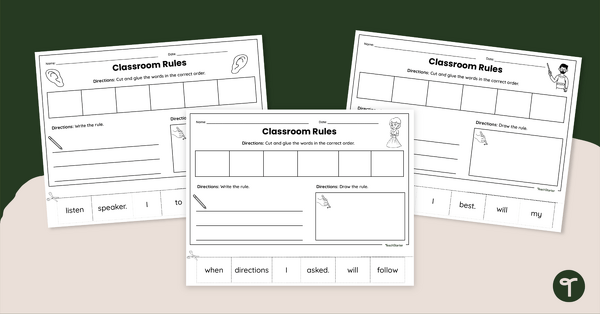
Classroom Rules Sentence Writing Pack
Teach classroom rules and practise writing skills with Classroom Rule Writing Worksheets for early years.
- Free Plan
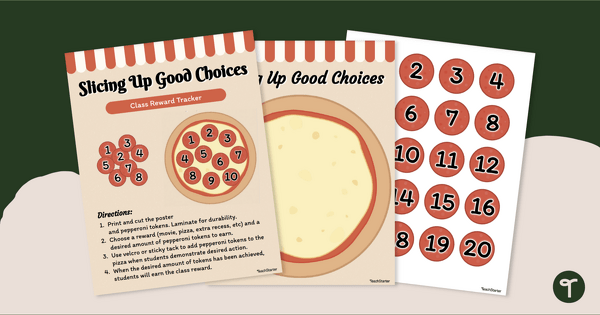
Slicing Up Good Choices! Class Reward Tracker
Encourage teamwork and positive behaviour in your classroom with a new pizza-themed classroom reward system.